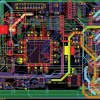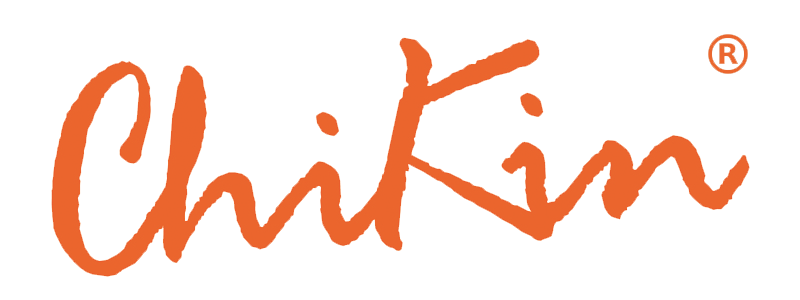Key Points of Drilling in Multilayer Board Production Process
Mar 20, 2023
Key Points of Drilling in Multilayer Board Production Process
The process of creating a PCB involves multiple steps, including designing the circuit, etching the board, and drilling and routing the PCB. In this article, we will focus on the drilling process.
The drilling process is relatively simple, and the purpose of drilling is to create conductive holes, plug holes, via holes, screw holes, and other connections between layers as required by the customer on the board. The process includes board preparation, securing the fixture, performing a trial drill on the first piece, drilling, and finally deburring the holes.
Key requirements for drilling quality:
1. The hole wall should be smooth, without burrs, and the circuit board substrate should not be delaminated.
2. The drilled holes and pads should have a certain tolerance, and the drilled holes must be located at the center of the pads on the circuit board. If the hole position is inaccurate, it may cause misalignment of the circuit pattern, and in severe cases, it may cause short circuits or open circuits.
3. For holes that require metallization, especially for holes in multi-layer PCBs, higher drilling requirements are needed, requiring no burrs or epoxy drilling residue in the inner copper foil.
Regarding the requirements for the drilling substrate, it needs to have a certain surface hardness, a high thermal conductivity coefficient, rigidity, and a certain degree of elasticity, which can ensure the position accuracy of the drill bit.
Although the drilling process is relatively simple, it is a very important part of PCB manufacturing and greatly affects the functionality and reliability of the board. For high-precision PCBs, via holes as connections between layers are critical. If they are too close together, it can affect production, and uneven stress during drilling can cause broken drill bits, resulting in unsightly or non-conductive PCB holes.
The drilling methods commonly used in factories include manually operated single-axis drilling machines, CNC drilling machines, and laser drilling. In the industry, mechanical drilling is the mainstream drilling method.
To ensure high-quality production and reliability, our factory is equipped with 6-axis and 2-axis drilling machines with a drilling accuracy of 0.02mm, driven by high-performance motors, using full CNC technology, and a high-speed spindle, providing superior performance and ensuring efficient drilling results.
Recent Posts

October 26, 2016
The Most Successful Engineering Contractor
May 12, 2025
China PCB Drilling Routing machine Development
May 06, 2025
PCB Design Process and Key Points






